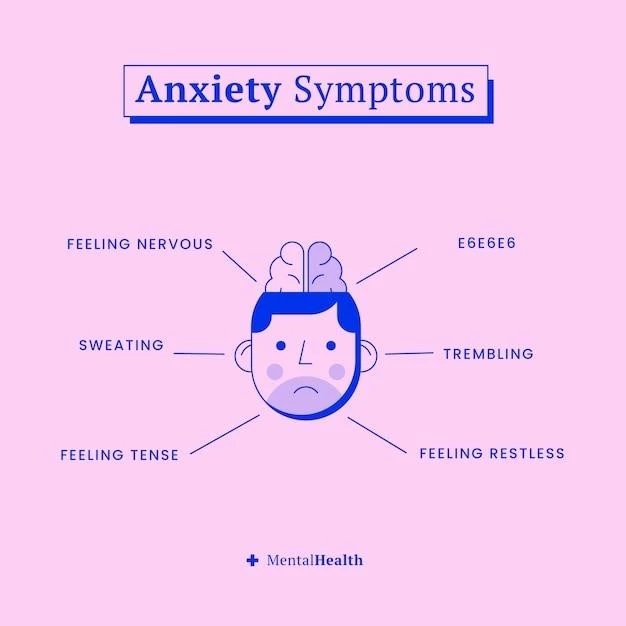Benign Astrocytoma ─ Symptoms and Treatment Options
Understanding the Causes of Benign Astrocytoma
Benign astrocytomas arise from astrocytes, a type of glial cell in the brain. Mutations in genes such as BRAF or NF1 are often associated with their development. Exposure to certain carcinogens or radiation may also play a role.
However, the exact cause of benign astrocytomas remains unclear in many cases. Research is ongoing to unravel the intricate genetic and environmental factors contributing to the formation of these tumors.
Prognosis and Survival Rates of Benign Astrocytoma
The prognosis for benign astrocytomas is generally more favorable compared to malignant brain tumors. Factors such as the tumor location, size, grade, and age of the patient can influence outcomes. Survival rates vary depending on the specific characteristics of the tumor and individual response to treatment.
With advancements in diagnostics and treatment modalities, many individuals with benign astrocytomas have a good prognosis and quality of life. Regular monitoring and adherence to treatment plans are crucial in managing the condition and improving long-term outcomes.
Surgery for Benign Astrocytoma⁚ What to Expect
Surgery is often the primary treatment for benign astrocytomas. The operation aims to remove as much of the tumor as possible while preserving neurological function. Before surgery, the healthcare team will explain the procedure, potential risks, and expected recovery.
During the surgery, the neurosurgeon will use advanced techniques to access and remove the tumor. Depending on the tumor’s location, the surgery may involve precision tools and intraoperative imaging to ensure accuracy. Recovery after surgery will vary based on the individual’s overall health and the extent of the procedure.
Exploring Radiation Therapy for Benign Astrocytoma
Radiation therapy may be recommended post-surgery to target any remaining tumor cells. It involves the use of high-energy rays to destroy cancer cells or prevent their growth. The radiation oncologist will tailor the treatment plan to the individual’s specific case.
Common side effects of radiation therapy for benign astrocytoma may include fatigue, hair loss, and skin irritation. The medical team will monitor the patient closely throughout treatment to manage any side effects and ensure the best possible outcome.

Chemotherapy as a Treatment for Benign Astrocytoma
Chemotherapy may be used in some cases of benign astrocytoma, especially if the tumor recurs or cannot be completely removed by surgery. Chemotherapy involves the use of drugs to target and kill cancer cells.
The specific chemotherapy regimen will depend on the tumor characteristics and the individual’s overall health. Side effects such as nausea, hair loss, and fatigue are possible but can be managed. The oncology team will closely monitor the patient’s response to treatment and adjust the plan as needed.
Long-Term Management of Benign Astrocytoma
Long-term management of benign astrocytoma involves regular follow-up appointments with healthcare providers to monitor the tumor’s progression and overall health. Imaging tests like MRI scans will be done periodically to check for any signs of tumor growth or recurrence.
Depending on the treatment received, individuals may also undergo cognitive assessments to evaluate neurological function. Lifestyle factors such as maintaining a healthy diet, staying physically active, and managing stress can contribute to overall well-being and quality of life.
Research Advances in the Treatment of Benign Astrocytoma
Ongoing research into the treatment of benign astrocytoma focuses on developing targeted therapies that aim to attack cancer cells while minimizing damage to healthy tissue. Immunotherapy, which harnesses the body’s immune system to fight cancer, is being investigated for its potential in treating brain tumors.
Advancements in genetic testing allow for personalized treatment plans based on the specific genetic mutations present in the tumor. Clinical trials are also essential in testing new treatment approaches and improving outcomes for individuals diagnosed with benign astrocytoma.
